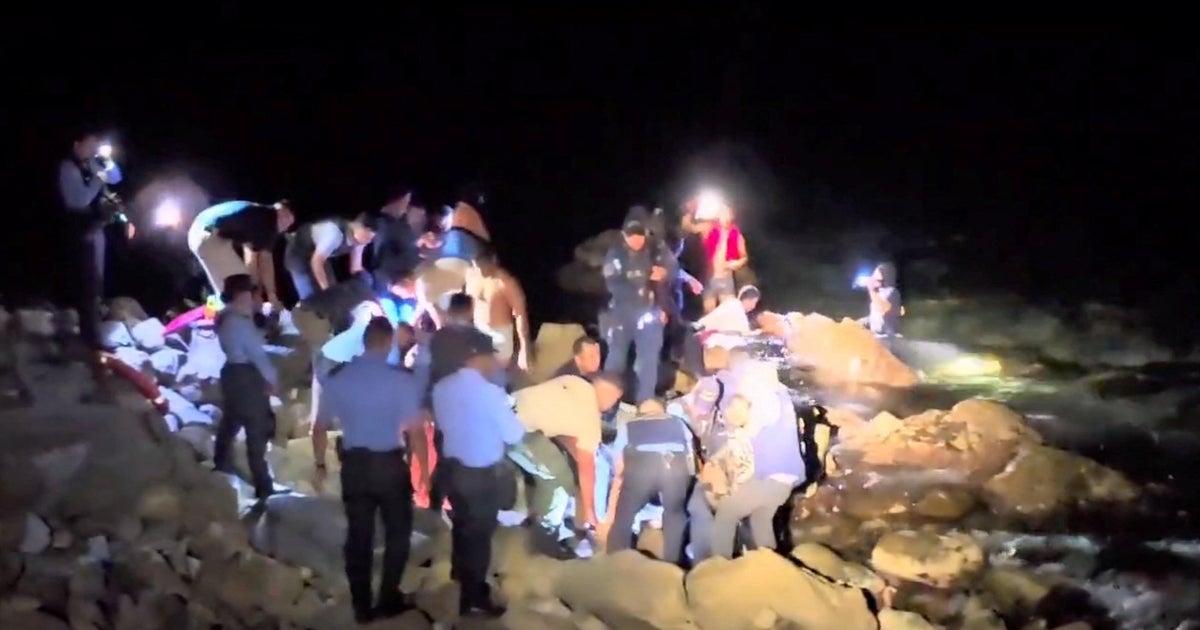The number of people killed in Myanmar following Friday's powerful 7.7 magnitude earthquake could top 10,000, experts say.
The current death toll stands at 1,700, with 3,400 others injured and 300 missing, according to pro-junta Telegram channels, citing the military rulers.
But the US Geological Survey's predictive modelling estimates the number of dead will increase in the thousands and could reach 10,000. It also suggests financial losses could exceed the country's annual economic output.
Rescue efforts in Myanmar, which is also known as Burma, are being complicated by the bloody civil war disrupting much of the country, including in quake-affected areas.
Military attacks continued with airstrikes on Friday, even after the quake, and there were reports of mortar and drone attacks on Saturday.

The military government has said the earthquake is one of the country's strongest in a century.
While emergency rescue teams have started trickling into the area hardest hit by the quake, efforts have been hindered by damaged roads, downed bridges, poor communications and the challenges of operating in a country in the middle of a civil war.


Many areas still have not been reached.
The earthquake struck at around 12.50pm local time (6.20am UK time) on Friday near Mandalay, Myanmar's second-largest city, at a shallow depth of six miles.
Most rescues occur within the first 24 hours after a disaster, with the chances of survival diminishing as each day passes.
Please use Chrome browser for a more accessible video player
Neighbouring Thailand was also shaken, such as in the capital, Bangkok, where 18 people were killed, including 11 who died when an under-construction skyscraper collapsed. At least 76 people are missing and believed to be trapped under the debris.
Twelve Chinese nationals are among the injured, according to Chinese state media.

Read more:
Families of those trapped in rubble face agonising wait
Why Friday's earthquake was so destructive
Please use Chrome browser for a more accessible video player
An initial report on earthquake relief efforts issued on Saturday by the UN Office for the Coordination of Humanitarian Affairs noted the severe damage or destruction of many health facilities in Myanmar.
And it warned that a "severe shortage of medical supplies is hampering response efforts, including trauma kits, blood bags, anaesthetics, assistive devices, essential medicines, and tents for health workers".
Please use Chrome browser for a more accessible video player
India, China and Thailand are among the neighbours that have sent relief materials and teams, along with aid and personnel.
The UK government has announced a package of £10m to support the people of Myanmar in the aftermath of the quake.

In 2001, the military seized power from the elected government of Aung San Suu Kyi, which in turn sparked armed resistance.
Government forces have lost control of much of Myanmar, and many places are dangerous or impossible for aid groups to reach.
More than three million people have been displaced by the fighting and nearly 20 million are in need, according to the United Nations.


The military government has been fighting long-established militias and newly formed pro-democracy People's Defence Forces, and has heavily restricted much-needed aid efforts to the population already displaced by war even before the earthquake.
On Saturday, Myanmar's opposition shadow National Unity Government, to which the PDF militias are loyal, announced a unilateral partial ceasefire to facilitate earthquake relief efforts. The military did not immediately comment on the announcement.
The Three Brotherhood Alliance, a group of three of Myanmar's most powerful and well-armed militias that launched a combined offensive in October 2023 which broke a strategic stalemate with the military regime, didn't mention a ceasefire in a statement on Saturday.
But it said it was ready to help.

 2 weeks ago
6
2 weeks ago
6













 English (US) ·
English (US) ·